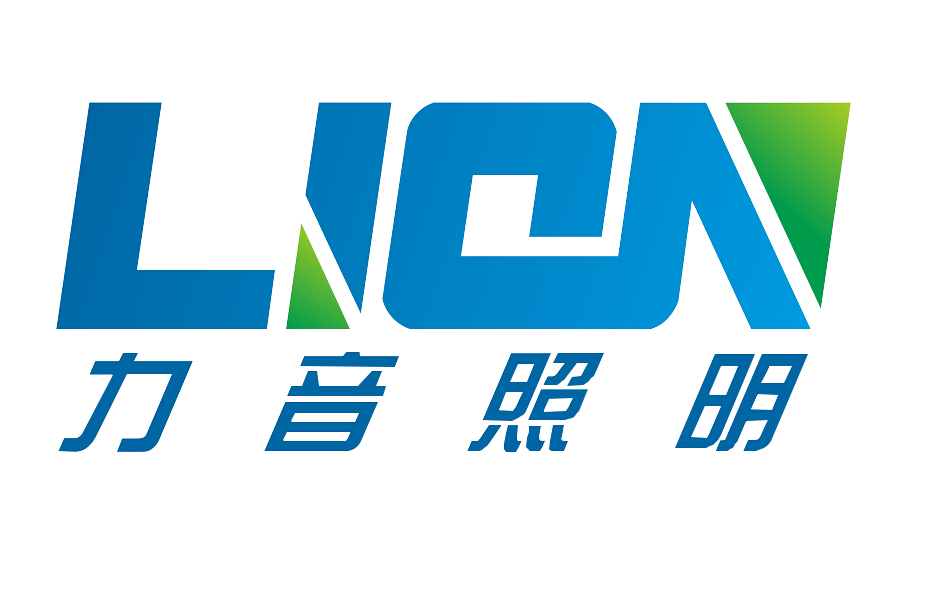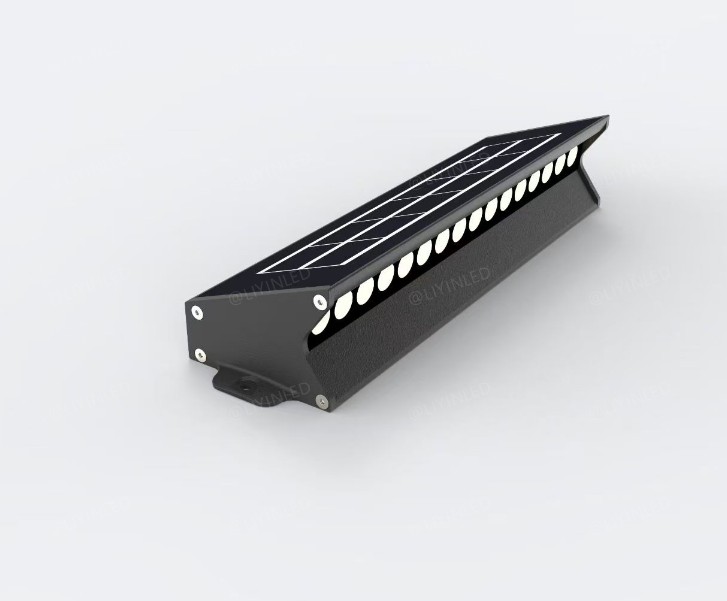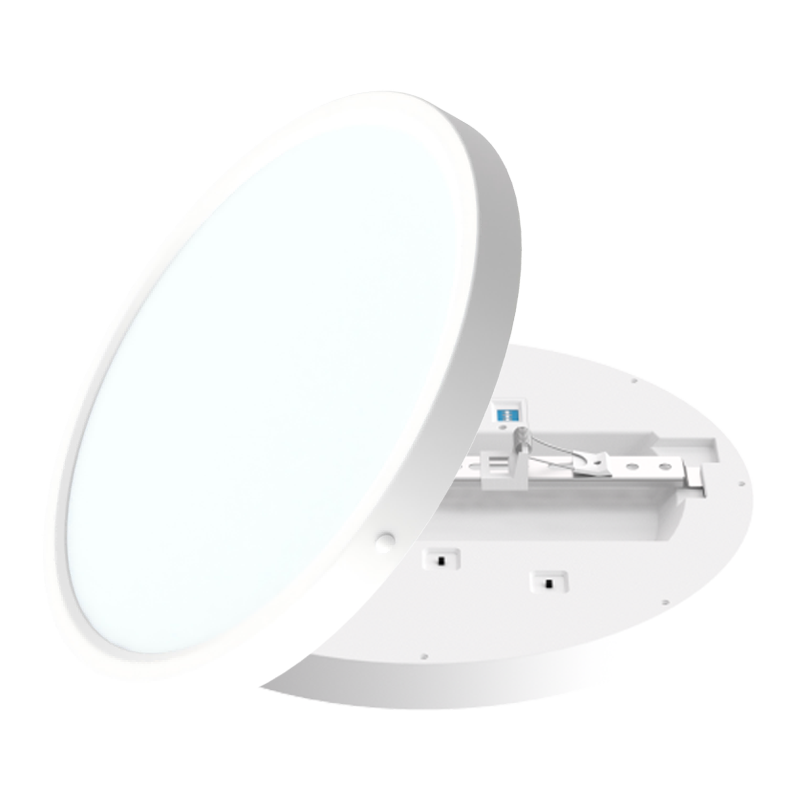Core Principles and Technical Features
Large Shielding Angle (>30°)
The larger the angle (>30°) between the light-emitting surface and the fixture edge, the harder it is for the human eye to directly perceive the light source. Deep anti-glare fixtures typically exceed 30° (some even reach 45°), far surpassing conventional fixtures (15°–20°).
Why: "Shielding angle" is the standard optical term; ">30°" uses technical notation for precision. "Perceive the light source" sounds more natural than "see the source body" in English.Physical Blocking Design
Extended baffles, honeycomb grids, and deep-cavity lenses force light to reflect/refract downward only.
Why: "Baffles" and "honeycomb grids" are industry-standard terms; "force light" emphasizes mandatory light control.Deep-Source Structure
LEDs are recessed deep within the optical cavity (e.g., embedded reflectors). From typical viewing angles (60° tilt), the chip remains invisible.
Why: "Recessed" and "optical cavity" describe the hidden design; "chip" replaces "发光芯片" for technical brevity.Precise Optics
Batwing beam distribution and asymmetric lenses strictly confine light to target areas, eliminating scatter toward eyes.
Why: "Batwing" is the universal term for 蝙蝠翼配光; "confine" conveys strict spatial control.Ultra-Low UGR (<16)
Unified Glare Rating (UGR) measures glare internationally. Deep anti-glare fixtures achieve UGR ≤16 (≤10 = excellent), beating standard office requirements (UGR ≤19).
Why: "Achieve" highlights performance; "beating" implies superiority concisely.
Key Performance Advantages
Reduced Eye Strain: Eliminates harsh glare in prolonged-use spaces (offices, libraries).
Enhanced Ambiance: Creates seamless illumination (hotels, galleries)—fixtures "disappear," showcasing lit surfaces.
Critical Task Support: Zero glare interference in labs, operating rooms, precision workshops.
Driving Safety: Tunnel/road lighting prevents driver dazzle accidents.
Why: "Seamless illumination" evokes premium feel; "dazzle" is the technical term for temporary blindness from glare.
Typical Applications
| Scenario | Value |
|---|---|
| Education/Healthcare | Classroom blackboard lights; surgical lamps—no reflected glare |
| Premium Retail | Luxury displays, museums—light sources vanish, highlighting exhibits |
| Office Spaces | Open-plan offices—prevents eye fatigue during long hours |
| Transportation | Tunnel lighting—stops driver glare in critical zones |
| Residential | Magnetic track lights—child-friendly, glare-free play areas |
Authenticity Verification
Test Shielding Angle: Tilt smartphone camera upward—genuine deep anti-glare hides all light sources (see demo).
Verify UGR Reports: Demand third-party lab UGR data (UGR ≤16 = compliant).
Inspect Depth: Optical cavity ≥50mm; honeycomb/grid density (≤0.5mm pore size).
Demo:
✘ Standard downlight: Glaring at 30° tilt
✔ Deep anti-glare: No visible source at 60° tilt
Industry Trends
Nano-structured Lenses: Micro-prism etching enables millimeter-level beam precision.
Smart Adjustability: Electrically tunable shielding angles adapt to scenarios.
Spectral Anti-Glare: Combines RG0 (blue-free) and anti-glare for museum-grade eye protection.
Conclusion:
Choosing deep anti-glare lighting invests in visual health. For high-end projects, its premium cost (~40% higher than standard) is offset by accident reduction and productivity gains.



